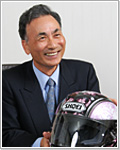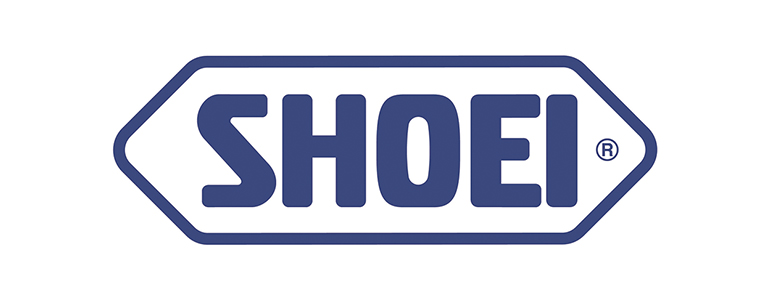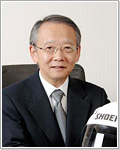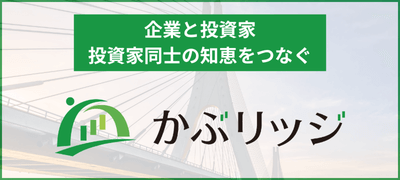| SHOEI Co., Ltd. (7839) |
|
||||||||||||||
Company |
SHOEI Co., Ltd. |
||
Code No. |
7839 |
||
Exchange |
Second Section, TSE |
||
Chairman |
Masaru Yamada |
||
President |
Hironori Yasukochi |
||
Headquarters |
5-8-5 Ueno, Taito-ku, Tokyo |
||
Year End |
September |
||
Website |
|||
*Share price as of close on May 13, 2015. Number of shares outstanding at end of the most recent quarter excluding treasury shares. ROE is a result from the end of previous period.
|
||||||||||||||||||||||||
|
|
* Estimates are those of the Company.
This Bridge Report discusses the first half of fiscal year September 2015 earnings results and full fiscal year September 2015 earnings estimates for SHOEI Co., Ltd.
|
|
| Key Points |
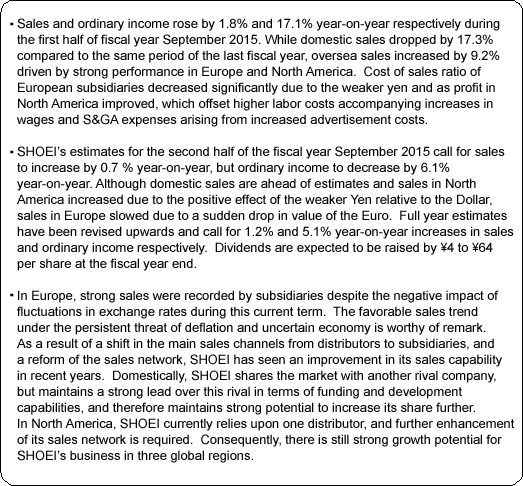 |
| Company Overview |
|
Management Policy: Achieve World's Top Levels in Three Realms
<Business Description>
Motorcycle use helmets account for about 90% of total sales. SHOEI focuses upon high value added "premium helmets" that are manufactured at its two plants in Japan, namely the Ibaraki Plant (in Inashiki City, Ibaraki Prefecture) and the Iwate Plant (in Ichinoseki City, Iwate Prefecture). The Company is able to maintain high quality levels and prevent the leakage of its technology by maintaining manufacturing facilities within Japan. In addition, SHOEI is the only helmet company in the industry utilizing the "Toyota Production System" to achieve high levels of profitability, inventory turnover and asset efficiency.
<Overseas Sales Account for 75% of Total>
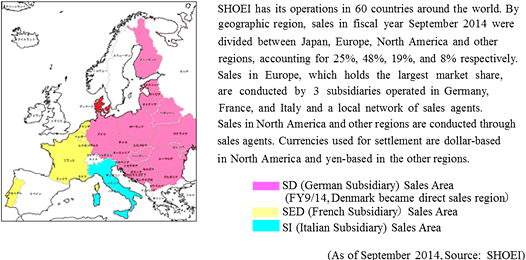 <Focus Upon Craftsmanship to Maintain Top Market Share - Two Domestic Plants in Ibaraki and Iwate Manufacture 100% of Products>
SHOEI produces premium brand helmets that are recognized as the highest quality products by motorcycle riders around the world. Their helmets boast of extremely intricate designs that are not only superbly functional, with their excellent aerodynamic characteristics, but also very fashionable. SHOEI's persistence in its pursuit of helmet designs that are "comfortable to their users" is the driving force behind its top market share.
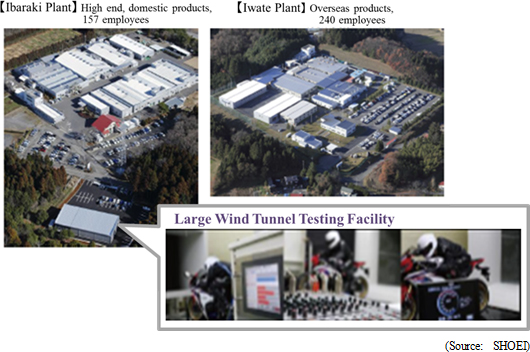 <Corporate History>
The company now known as SHOEI was established as a polyester processing manufacturer in 1954. In March 1959, this company turned itself into a corporation called SHOEI Kako Co., Ltd. and by leveraging its polyester processing technologies, the Company entered the helmet market. In January of the next year, production of helmets for motorcycle riders was started, and in July 1968 a subsidiary was established in the United States, which started the Company's overseas operation. In July 1987, entry to the French market was launched along with the establishment of a local subsidiary. However, the bursting of the bubble economy within Japan forced SHOEI to file a petition for the commencement of corporate reorganization proceedings in May 1992. In September 1992, the current Chairman Masaru Yamada, who was working at Mitsubishi Corporation, took on the task of administrator of the corporate reorganization and started the reorganization proceedings (The reorganization plan was confirmed in December 1993). During the reorganization process, SHOEI also entered the German market with the establishment of a German subsidiary in March 1994 and, along with other efforts, the reorganization procedures progressed smoothly. The reorganization efforts were successfully completed in a relatively short time of four years and three months in March 1998. The Company name was changed to SHOEI Co., Ltd. in December 1998. In July 2004, SHOEI listed its shares on the JASDAQ Market, and then moved its listing to the Second Section of the Tokyo Stock Exchange in September 2007 (JASDAQ listing was eliminated at the same time). Currently, SHOEI has become recognized globally as one of the top manufacturers of premium helmets.
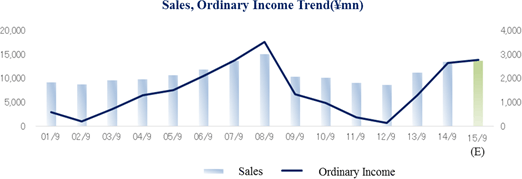 <Maintaining Basic Policy for Medium and Long Term Stable Growth and Stable Profit>
(1) Protect Own Company by Ourselves
(2) Made in Japan and maintaining constant employment (Transmission of Manufacturing)
(3) Maintain healthy financial positions
(4) Continuation of Investment (Development of new products, Cost saving, Improvement of quality, Firm safety)
(5) Targeting #1 in All Premium Helmet Markets in the World
(6) Development of New Markets and Deepening of Existing Markets
(7) Fair distribution of retained earnings (50% dividend of profit after tax, distribution to employees and distribution to company (proper retained earnings kept))
Also with manufacture of all its products at two domestic plants in Ibaraki and Iwate, SHOEI strives to (5) achieve the number one position in the world premium helmet market by (2) maintaining manufacturing functions and high levels of employment in Japan (Carrying on the craftsmanship tradition), (4) conducting ongoing investments (New product development, cost reductions, product quality improvements, higher levels of safety), and (6) developing new markets and strengthening its positioning in existing markets' through the coordinated use of its overseas subsidiaries. With regard to (4) ongoing investments (New product development, cost reductions, product quality improvements, higher levels of safety), the second round of large capital investments started in fiscal year September 2015 to achieve stable operations over the long term. Following the first round of large capital investments for growth during fiscal years September 2006 and 2009 (with an emphasis on large-scale wind tunnel test facilities), the total investment is expected to be ¥4 billion over 5 years. Capital investments in fiscal year September 2015 are expected to amount to ¥1.038 billion, and the estimates of ¥2.084 billion in operating cash flow is expected to absorb this large investment and to enable SHOEI secure free cash flow of ¥1.046 billion. Return on invested capital (ROIC) at fiscal year September 2014 was 25.1%.  |
| First Half of Fiscal Year September 2015 Earnings Results |
 Sales, Ordinary Income Increase by 1.8% and 17.1% Year-On-Year
Sales rose by 1.8% to ¥6.537 billion year-on-year. Although sales in the domestic market contracted by 17.3% to ¥1.493billion, sales in overseas markets grew by 9.2% to ¥5.044 billion driven by growth in Europe and North America.With regard to profit, the cost of sales ratio of subsidiaries in Europe drastically decreased due to weaker yen (Their first half of the fiscal year was from July to December 2014) and profit in North America improved, allowing gross profit margin to increase by 4.5% points year-on-year to 45.1%. Operating income increased by 17.1% year-on-year to ¥1.594 billion due to the ability to absorb higher labor costs accompanying increases in wages and SG&A expenses arising from increased advertising costs. Although exchange rate translation loss from foreign exchange reservations increased (From ¥83 to ¥95 million) and extraordinary loss of ¥54 million, including ¥49 million for lawsuit loss provision of reserve allocation, was recorded, quarterly net income increased by 16.1% year-over-year to ¥927 million. US Dollar: ¥118.80 (+¥16.37 year-on-year) Euro: ¥139.24 (-¥0.73 year-on-year) Foreign exchange rates for overseas subsidiaries: US Dollar: ¥120.55 (+¥15.16 year-on-year) Euro: ¥146.54 (+¥1.49 year-on-year) Sales and profits performed exceeded initial estimates on the back of sales of the French subsidiary and better-than-expected performance in the domestic market due to weaker yen.  Sales in oversea market, on the other hand, grew by 9.2% year-on-year to ¥5.044 billion. Sales in Europe, the mainstay market, rose by 11.2% year-on-year to ¥3.008 billion. Both sales from Japan to local distributors and sales of local subsidiaries increased. Due to the EU's economic sanctions against Russia over the Ukraine issue, sales to Russian distributors significantly decreased on the back of Russia's slowing economy. At the same time, sales in the United Kingdom and Spain remained strong. With regard to sales of European subsidiaries, large increase in sales volumes of the subsidiary in France allowed sales to grow dramatically. Although sales volume decreased slightly in the North American market, sales in value terms increased by 18.0% year-on-year to ¥1.673 billion due to the influence of the weaker yen. In other regions, sales decreased by 26.7% year-over-year to ¥362 million. Although sales to the Asia-Pacific region trended strongly, a decrease in sales in Australia, the principal delivery destination in the region, due to inventory adjustments by its distributors contributed to the lower sales. 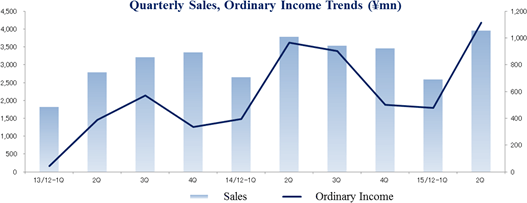 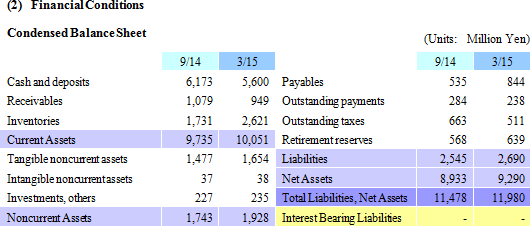 (3) New products introduced for riding season HORNET ADV (Europe, Japan) / HORNET X2 (North America), J-FORCE IV
SHOEI began sales of sports utility helmets "HORNET ADV" and "HORNET X2" in 3 regions (Europe, North America, and Japan) and premium open faced "J-FORCE IV" as new "J-FORCE" series in Japan. Shipments of HORNET ADV to Europe and North America started in January (Sales started in March) and sales in Japan began in April. Meanwhile, J-FORCE IV was also launched in January.
  |
| Fiscal Year September 2015 Earnings Estimates |
 Full Year Estimates Call for Sales, Ordinary Income to Rise by 1.2%, 5.1% Year-On-Year
In second half of the current fiscal year, SHOEI's earnings estimates call for sales to rise by 0.7% year-on-year to ¥7.032 billion and ordinary income to decline by 6.2% year-on-year to ¥1.283 billion. Sales in Europe are expected to decline due to the sudden weakening in the Euro (Estimate for foreign exchange rates at the fiscal year end is ¥128.0 per Euro, -¥11.24 compared to previous term) and profit margin is also expected to decline. In contrast, sales within Japan are expected to exceed estimates. Although sales volume in North America is expected to contract, value of sales is expected to increase due to the weakening in the yen.The full fiscal year estimates call for sales and ordinary income to rise by 1.2% and 5.1% year-on-year to ¥13.570 and ¥2.780 billion respectively due to increases in sale estimates for both Japan and North America, while estimates for Europe and other regions have been reduced. Regarding profit, operating income is expected to increase by 3.1% year-over-year to ¥2.850 billion due to a weakening in the Euro in second half of the fiscal year. Exchange rate translation loss of ¥63million is expected to be realized due to foreign exchange reservations (¥117 million in fiscal year September 2014, but nothing included in initial estimates). A year-end dividend of ¥64 per share is expected to be paid, for a payout ratio of 50% of net profit (¥128.52) in the current term. (Previous term's record and initial estimate was ¥60)  |
| Conclusions |
|
Disclaimer
This report is intended solely for information purposes, and is not intended as a solicitation to invest in the shares of this company. The information and opinions contained within this report are based on data made publicly available by the Company, and comes from sources that we judge to be reliable. However we cannot guarantee the accuracy or completeness of the data. This report is not a guarantee of the accuracy, completeness or validity of said information and or opinions, nor do we bear any responsibility for the same. All rights pertaining to this report belong to Investment Bridge Co., Ltd., which may change the contents thereof at any time without prior notice. All investment decisions are the responsibility of the individual and should be made only after proper consideration.Copyright(C) 2015 Investment |

